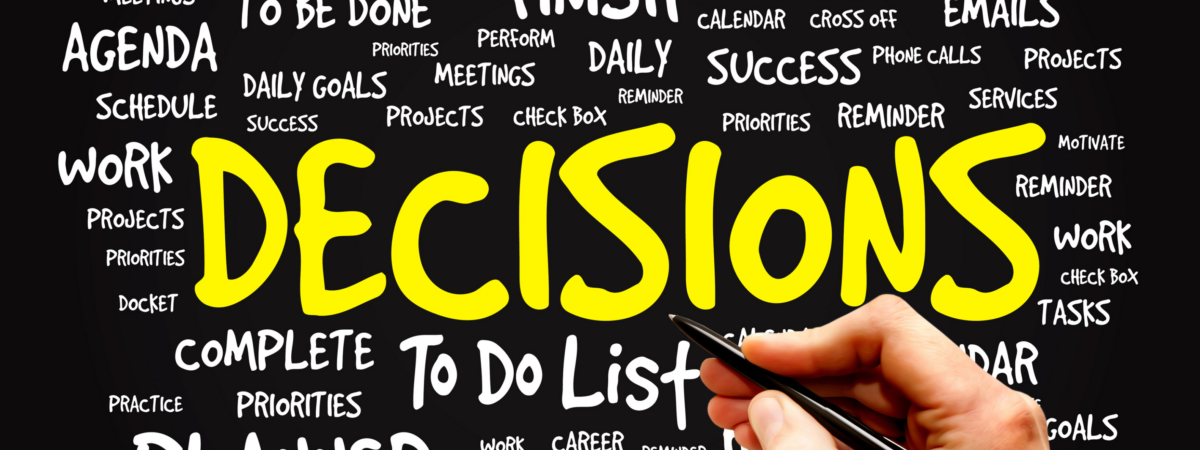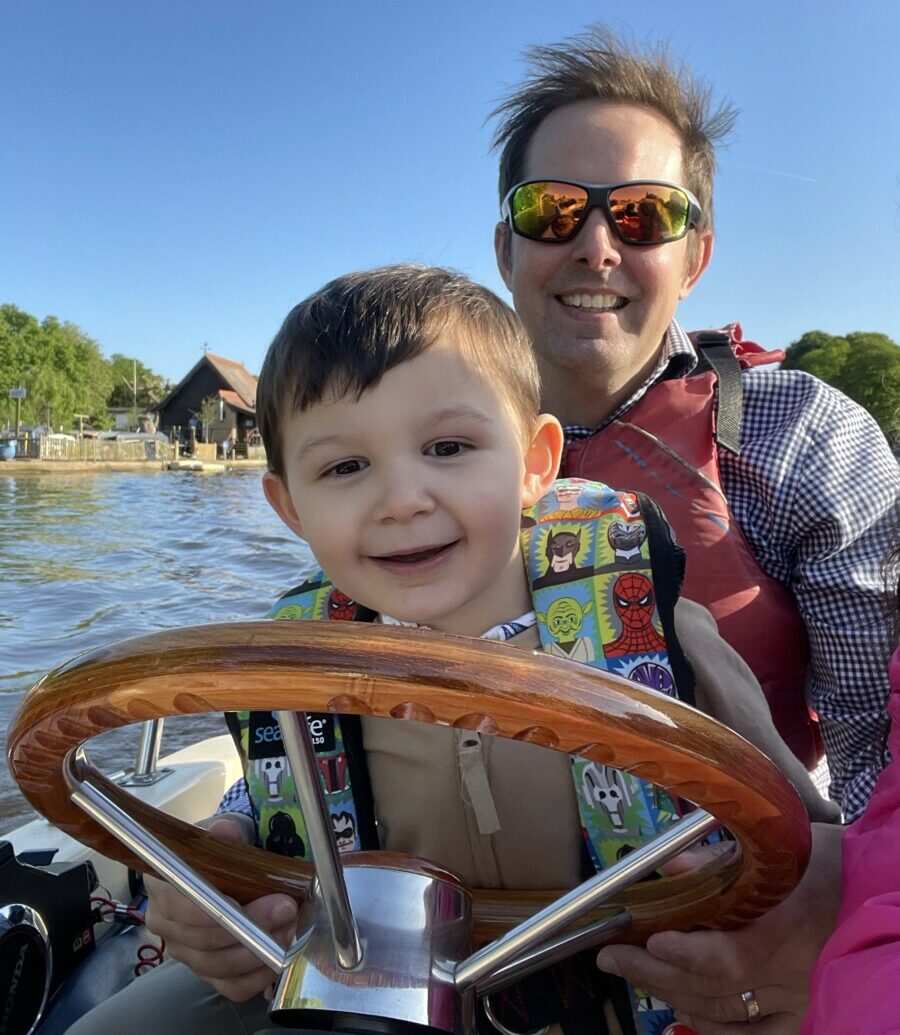Step 5: Execute Your Plan – Turning Vision into Reality
Now that you’ve visualised the life you desire and explored the options available to you, it’s time to move into action. Create a plan and execute. Many people just create a plan, but that is not actually the step 5, executing it is. I purposefully haven’t put create a plan as it’s own step as too many people stop at the plan and do not do the plan. If it is part of step 5, then we have seen more success with people following through with execution which is the bridge between dreaming and achieving. It is where your ideas take shape in the real world. It’s in this phase that you begin to see tangible results, proving to yourself that change is not just possible but inevitable when you act with intention and clarity.
This step is about creating a structured plan, staying accountable, and taking consistent steps toward your goals. With the right strategies and mindset, you can navigate this transformative phase with confidence and purpose.
Why Execution Matters
Ideas and visions are powerful, but without action, they remain abstract concepts. Neuroscience shows that acting on a plan solidifies new neural pathways, rewiring your brain to support growth, resilience, and achievement. This process involves:
- Activating the Prefrontal Cortex: This brain region helps in goal-setting, planning, and problem-solving. Creating a plan and executing it strengthens this area, improving decision-making and focus.
- Reinforcing Neuroplasticity: Each step you take toward your goal creates positive feedback loops in your brain, making it easier to stay motivated and adapt to challenges.
- Engaging the Dopaminergic System: Taking action triggers the brain’s reward system, releasing dopamine when you accomplish tasks, even small ones. This boosts motivation and reinforces progress.
Action Steps to Execute Your Plan
The Neuroscience of Follow-Through
Following through on your plan isn’t just about willpower; it’s about building habits and managing emotions.
- Habit Formation: The basal ganglia, responsible for habit formation, thrives on repetition. Consistent action rewires your brain to make positive behaviours automatic.
- Managing Fear and Doubt: The amygdala may generate fear when stepping out of your comfort zone. Use grounding techniques like deep breathing or mindfulness to calm this response and stay focused.
- Cognitive Reappraisal: Reframing challenges as opportunities helps your brain process obstacles constructively, keeping you motivated and solution-oriented.
Case Study: Executing a Career Change Plan
Scenario:
Tom, a marketing professional, felt stuck in his current role but wasn’t sure how to make a transition into his dream field of sustainable business consulting.
Steps Taken:
- Defined Goals: Tom outlined his ultimate goal: to work as a sustainability consultant within one year.
- Created a Roadmap: He broke this goal into actionable steps:
- Enroll in a sustainability course (completed within three months).
- Build a portfolio showcasing relevant skills (six months).
- Network with five professionals in the industry (ongoing).
- Tracked Progress: Using a habit-tracking app, Tom recorded daily and weekly tasks, rewarding himself for milestones like completing coursework or landing informational interviews.
- Adapted as Needed: When he faced time constraints, he adjusted by dedicating just 15 minutes per day to skill development, proving small steps still led to progress.
Outcome:
Within nine months, Tom successfully transitioned to a sustainability role, crediting his structured plan and consistent action for the accelerated timeline.
Overcoming Common Challenges in Execution
1. Start with Rest – It’s Not a Luxury, It’s Essential
If you’re struggling with productivity, it’s likely that you’ve been pushing yourself too hard without giving yourself the rest you need. One of the quickest ways to get yourself back on track is to prioritise rest. You might think that working non-stop will help you achieve more, but in reality, overworking can drain your energy and make it harder to focus.
Actionable Step: Schedule regular breaks and take time away from work. You don’t have to go on a week-long holiday, but plan to disconnect from your work for a few hours each day. Use this time to engage with things that bring you joy or allow you to recharge, like spending time with loved ones or enjoying a hobby. When you return to your tasks, you’ll feel more focused and ready to tackle your to-do list.
2. Identify and Cut Out Distractions
It’s easy to get sidetracked by small distractions, like checking your phone or mindlessly browsing social media, especially when productivity feels overwhelming. However, these distractions can stop you from making progress and can even make you feel worse about your ability to get things done.
Actionable Step: Start by listing the distractions that keep you from working. Are you tempted by social media, emails, or noise around you? For each distraction, write down a simple solution to limit or eliminate it. For example, turn off your phone notifications for an hour or set up a quiet space to work. Tackle just one distraction at a time and make it a habit to limit it whenever you’re working.
3. Tackle the Hardest Tasks First
It’s easy to put off challenging tasks, but constantly avoiding them only makes them loom larger in your mind. The trick to getting stuff done is to tackle the hardest tasks first, when your mind is fresh and your energy levels are high. By getting the tough stuff out of the way, you’ll feel a great sense of accomplishment that will carry you through the rest of your day.
Actionable Step: Identify the task that you’ve been avoiding the most and commit to starting it first thing in the morning. Don’t worry about finishing it all at once—just focus on making progress. Breaking it down into smaller steps can make it feel less daunting. By knocking this task off early, you’ll find that the rest of your day flows more smoothly, and you’ll feel much more productive.
4. Break Your Goals into Small, Actionable Steps
If you’re not used to being productive, the thought of executing a large plan can be overwhelming. The key is to break your goals down into smaller, more manageable tasks. Trying to do everything at once is a recipe for burnout. Instead, focus on taking one small step at a time, and you’ll gradually build momentum.
Actionable Step: Today, sit down and write out your three top priorities for the day. For each one, break it down into three actionable steps. For example, if you want to finish a report, your steps might be: “Outline the main points,” “Write the introduction,” and “Proofread the first section.” These small steps are more manageable and will keep you focused on making real progress, one action at a time.
By following these steps, you’ll start to see improvements in your ability to execute your plan and get things done. Remember, productivity is a habit that takes time to build. Don’t expect perfection, but with each small change, you’ll get better at staying on track and achieving your goals.
Manifest Faster with These Actionable Tips for Your Vision Board
If you’ve embraced the concept of vision boards and the Law of Attraction, you’re probably already familiar with the power of visualising your goals. But what can you do to make sure your vision board is working for you, and how can you manifest your dreams even quicker? Here are some extra steps to ensure your vision board and manifesting practices bring real results.
1. Infuse Your Vision Board with Emotion
The Law of Attraction isn’t just about seeing what you want, it’s about feeling it too. Emotions are energy, and when you attach powerful, positive feelings to your vision, you amplify its power. The more emotionally charged your vision board is, the quicker the universe will bring it into your reality.
Actionable Step: As you look at your vision board, connect with the emotions associated with your goals. If you’re visualising financial success, imagine the joy, freedom, or peace that wealth will bring you. If your vision is about health, feel the strength, vitality, and energy in your body. The more deeply you feel your desires, the faster they’ll manifest.
2. Create an Action Plan That Mirrors Your Vision Board
While visualisation is a key part of manifesting, it’s essential to back it up with action. Simply looking at your vision board every day won’t create results unless you start working toward the things you desire. The Law of Attraction responds to your energy—but that energy needs to be matched with action.
Actionable Step: For each item on your vision board, write down one specific, actionable step you can take today to move closer to it. For example, if you want to manifest a new job, you might decide to update your CV, apply for a new role, or network with people in your industry. Taking small steps daily helps you align your actions with your vision and increases the likelihood of attracting opportunities.
3. Keep Your Vision Board Visible
One of the easiest ways to keep your dreams on track is to make sure your vision board is visible and accessible every day. When you see it often, it serves as a constant reminder of what you are working towards, and you begin to focus on it more deeply.
Actionable Step: Place your vision board in a spot where you’ll see it daily – on your bedroom wall, your office desk, or by the door. Every time you pass by, take a moment to look at it, breathe deeply, and visualise your goals already coming to life. The more you see it, the more your subconscious mind will work to bring your goals into reality.
4. Make Your Vision Board a Living Document
Your vision board doesn’t have to stay the same forever. As you grow and evolve, so should your vision. Continuously update it to reflect your changing desires, dreams, and goals. This keeps your energy fresh and aligned with where you’re at in life.
Actionable Step: Every few months, take time to reassess your vision board and replace or add new goals that align with your current aspirations. Take down images or quotes that no longer resonate, and replace them with new, meaningful visuals. This helps you keep your goals in line with who you are becoming, rather than who you were. Stay adaptable to your journey.
5. Express Gratitude for What You’ve Already Manifested
Gratitude is a powerful tool that helps you attract even more of what you desire. When you are thankful for what you’ve already manifested, you send out the message that you are open and ready to receive more.
Actionable Step: Take a moment each day to express gratitude for what has already come into your life. This could be as simple as saying, “Thank you for the amazing opportunities that are already on their way,” or writing down three things you’re grateful for. The energy of gratitude sends out powerful signals to the universe that you’re in the right space to receive more.
6. Visualisation and Affirmations – Make Them a Daily Practice
Affirmations and visualisation are like the fuel for your vision board. These practices help to keep your energy and thoughts aligned with your goals, even when life gets busy or difficult. Combining both will supercharge your manifestation power.
Actionable Step: Every morning or night, spend at least 5 minutes visualising your goals as if they’ve already happened. Along with your visualisation, say aloud affirmations like, “I am worthy of success,” or “I am attracting all the abundance I need.” Repetition is key – the more often you affirm these beliefs, the more you’ll wire your brain to look for opportunities and take aligned action.
7. Trust the Timing of the Universe
Sometimes, the hardest part of manifesting is learning to trust the process. It’s easy to get discouraged if things don’t appear immediately, but manifestation is not about controlling the exact timeline—it’s about trusting that the universe will bring you what you need at the right time.
Actionable Step: When you start feeling frustrated or impatient, remind yourself that everything happens in perfect timing. Trust that your efforts, combined with the energy you’re putting into your vision, are aligning you with what you desire. Practice patience and faith that your goals will come to you in the most effortless way possible. Your role is to stay focused, take aligned action, and remain open to receiving.
By following these steps and staying committed to your vision board practice, you’ll find that manifesting becomes a more powerful and purposeful part of your life. With the right energy, actions, and belief, you’ll begin to see quicker results. Remember: your vision board is a powerful tool, but it’s your consistent effort, faith, and connection with your goals that truly make your dreams come alive.
Partner with Us for Faster Results
Execution doesn’t have to be a solo journey. If you’re feeling stuck, overwhelmed, or unsure of your next steps, working with a coach can provide clarity, focus, and a personalised roadmap. Whether you need help refining your plan, staying accountable, or overcoming limiting beliefs, coaching offers tailored support to accelerate your progress.
Looking Ahead: Step 6 – Investing in Yourself
Once you’ve successfully executed your plan, the journey doesn’t end. Step 6 is about recognising the value of your growth and committing to continued investment in yourself. Knowing you are worth the time, effort, and resources you put into this change is essential to maintaining momentum and reaching even greater heights.
Ready to take the next step? Let’s execute your vision and make it a reality together.
















